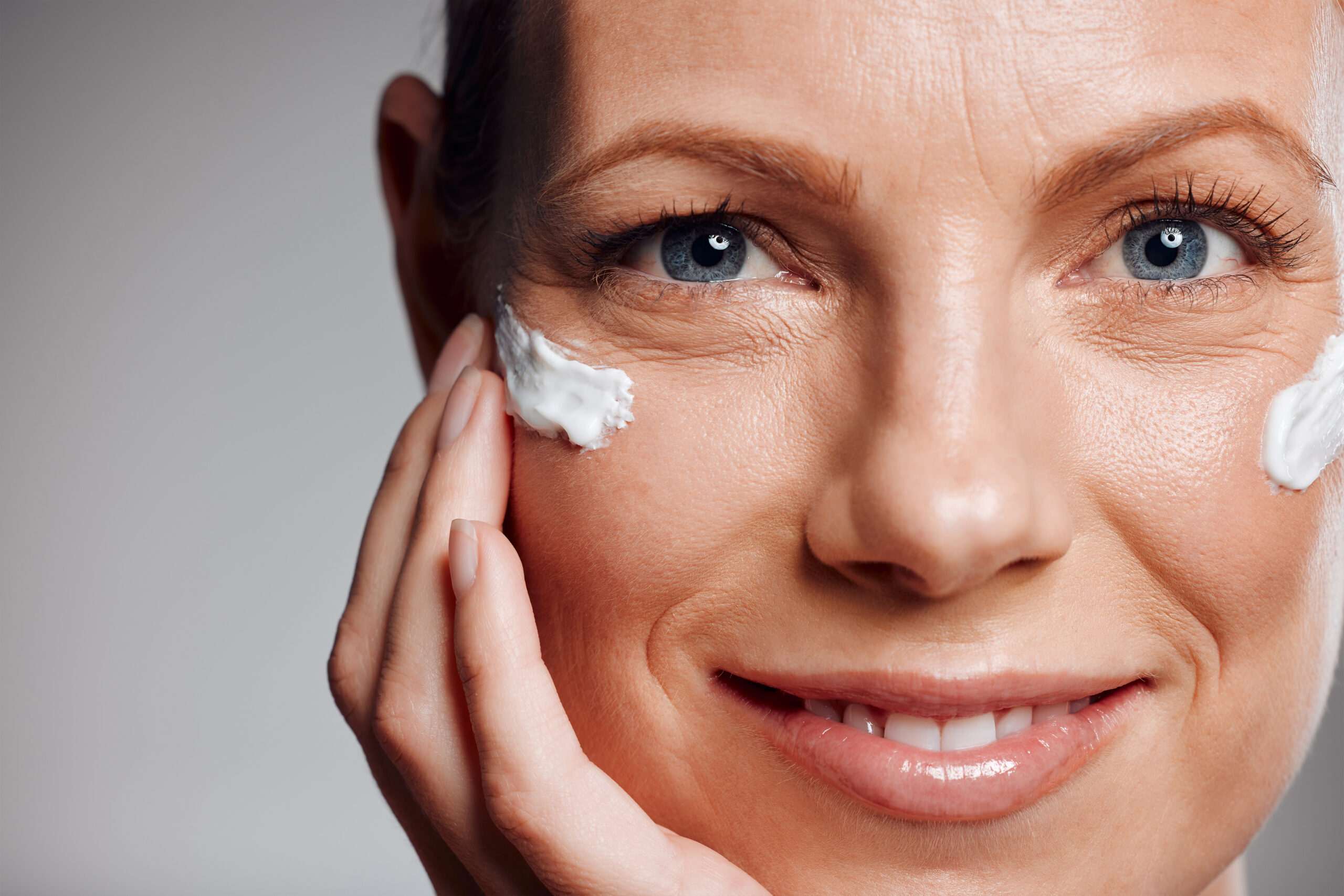
Our skin reflects our overall wellness, but as we age it may be difficult to tell the difference between surface dehydration and wrinkles. To cater to our skin’s specific needs, it’s essential to grasp the difference and implement appropriate skin-care approaches. To enlighten us on the differences we asked skin experts how to distinguish between them and effectively treat each concern.
What is surface dehydration?
Surface dehydration often manifests as fine wrinkles on the skin, leading many to mistake it for true wrinkles. New York facial plastic surgeon Konstantin Vasyukevich, MD explains that surface dehydration arises when “the skin lacks proper hydration due to stripping cleansers, insufficient nourishment, or environmental stressors.”
This dehydration can cause fine wrinkles that arise from dryness, similar to those after a sunburn. “The skin feels dry, tight, and lacks bounce,” explains celebrity aesthetician Nerida Joy who says this is common in combination to dry skin types and in harsh environments with low humidity.
How to treat surface dehydration:
Dr. Vasyukevich recommends treating surface dehydration with the “skin flooding” technique. “Skin flooding isn’t about completely changing what is in your skin-care routine—it’s about reordering it. It focuses on layering products to help lock in moisture longer and help prevent your skin from drying out.” He recommends the following order to achieve a skin flooding routine: “After cleansing, leave your skin wet and apply your thinnest product, which is usually a serum. As you go through your routine, start to apply thicker consistencies until you end with your moisturizer. If you have dry skin, this is great to practice daily, but oily and acne prone skin should only follow this method once or twice a week.”
Celebrity facialist Jocelyn Petroni adds, “Summer weather produces excess oil, but can also create dehydration and dryness in the skin. Excess oil needs to be cleaned out and hydrating ingredients need to be put back in. Long-term dehydration can create a leathery textured skin that lacks fresh, plump, hydrated skin cells.” She recommends using a super hydrating product like Ultraceuticals Ultra B2 Hydrating Serum ($78) to significantly increase skin hydration levels effectively.
“To combat deeper dehydration, focus on enhancing internal hydration by drinking water with added electrolytes or other beneficial elements,” says Joy. “This ensures better water retention within the body. Seek products with hyaluronic acid, glycerin, vitamin K, arnica, and aloe vera to support deeper skin hydration.”
Identifying Wrinkles vs. Dehydration
Understanding wrinkles is essential to address them properly. The three types are premature lines caused by surface dryness, expression lines from muscle contractions, and age-related wrinkles from aging. Age-related wrinkles are a natural part of the aging process and necessitate tailored anti-aging strategies. Dr. Vasyukevich says expression lines may require treatments like Botox Cosmetic or fillers to address muscle contractions.
How to treat wrinkles:
For premature lines, focus on combating surface dehydration with hydrating products and proper skin-care routines. “Seek professional treatments like Botox or fillers for expression lines, and opt for products containing collagen-boosting ingredients like retinol and peptides to address age-related wrinkles,” adds Joy. She recommends her Rejuvi ‘n’ Bio Rejuvenating Complex ($71) treatment serum which has anti-aging peptides to support collagen production.
To achieve healthy, youthful skin, it’s essential to treat a concern as soon as you notice texture changes. Incorporate skin-care products enriched with hydrating ingredients and incorporate internal hydration strategies. It’s important to stay hydrated and balanced to enjoy radiant, well-nourished skin that stands the test of time.






